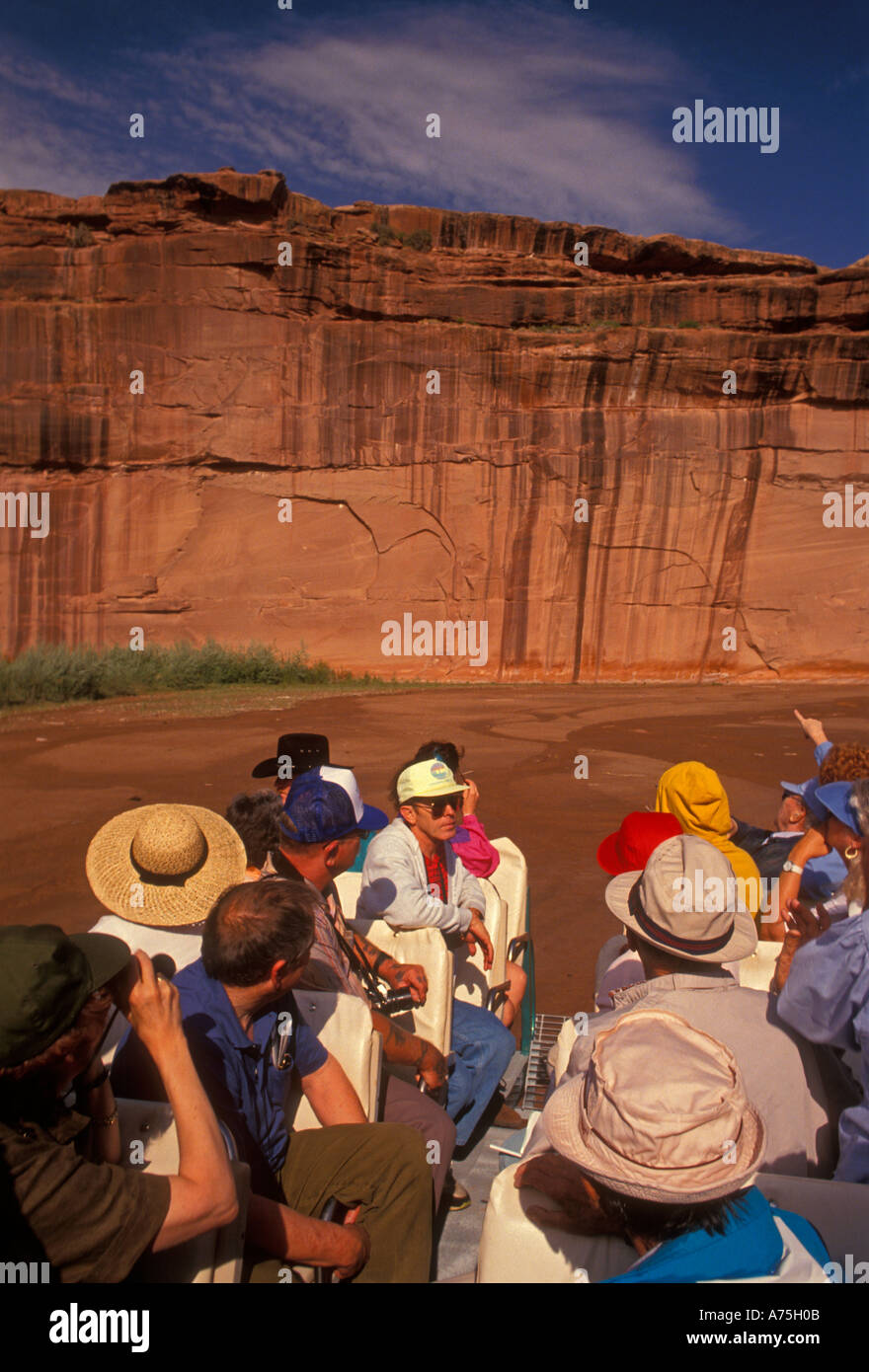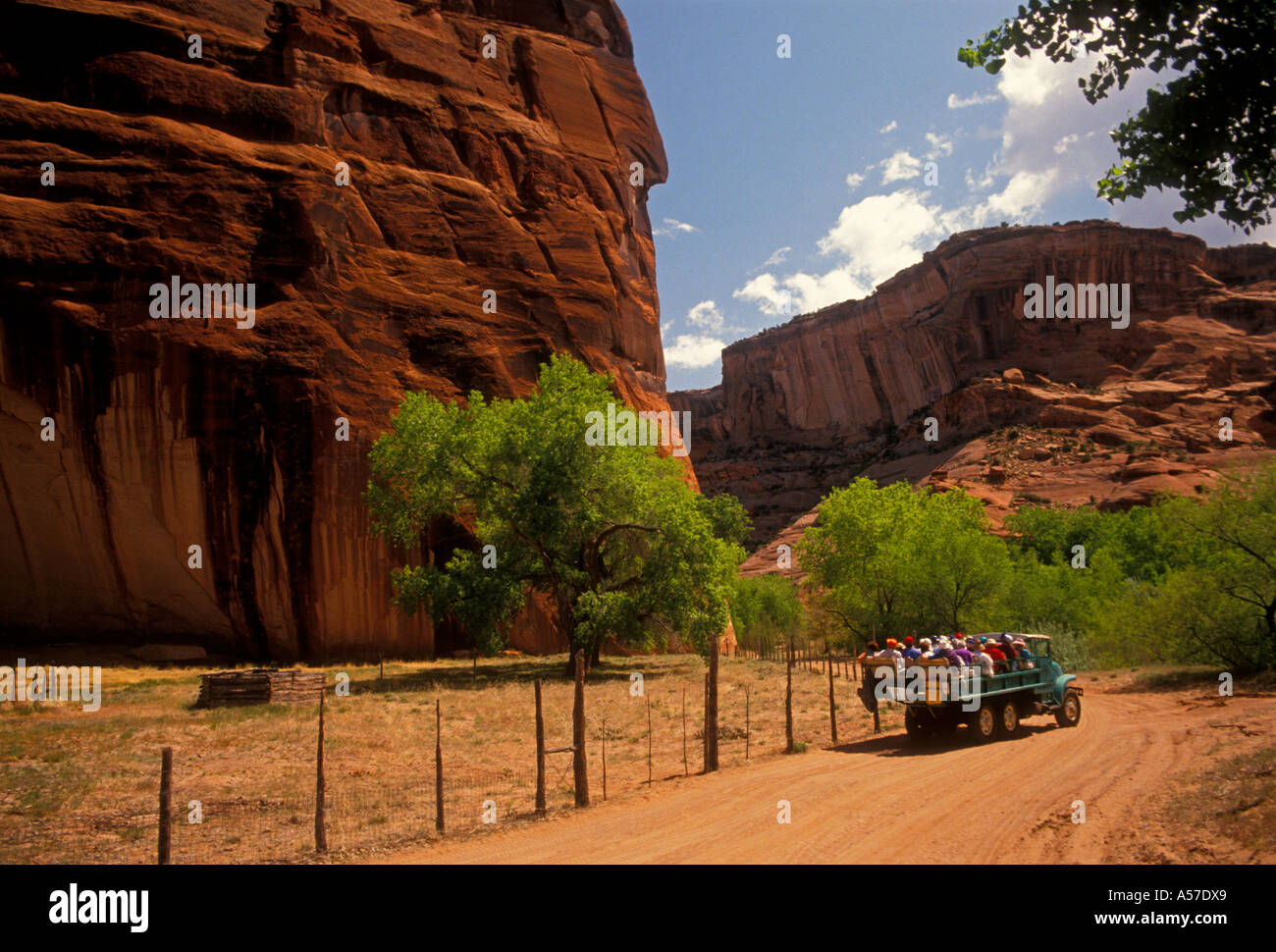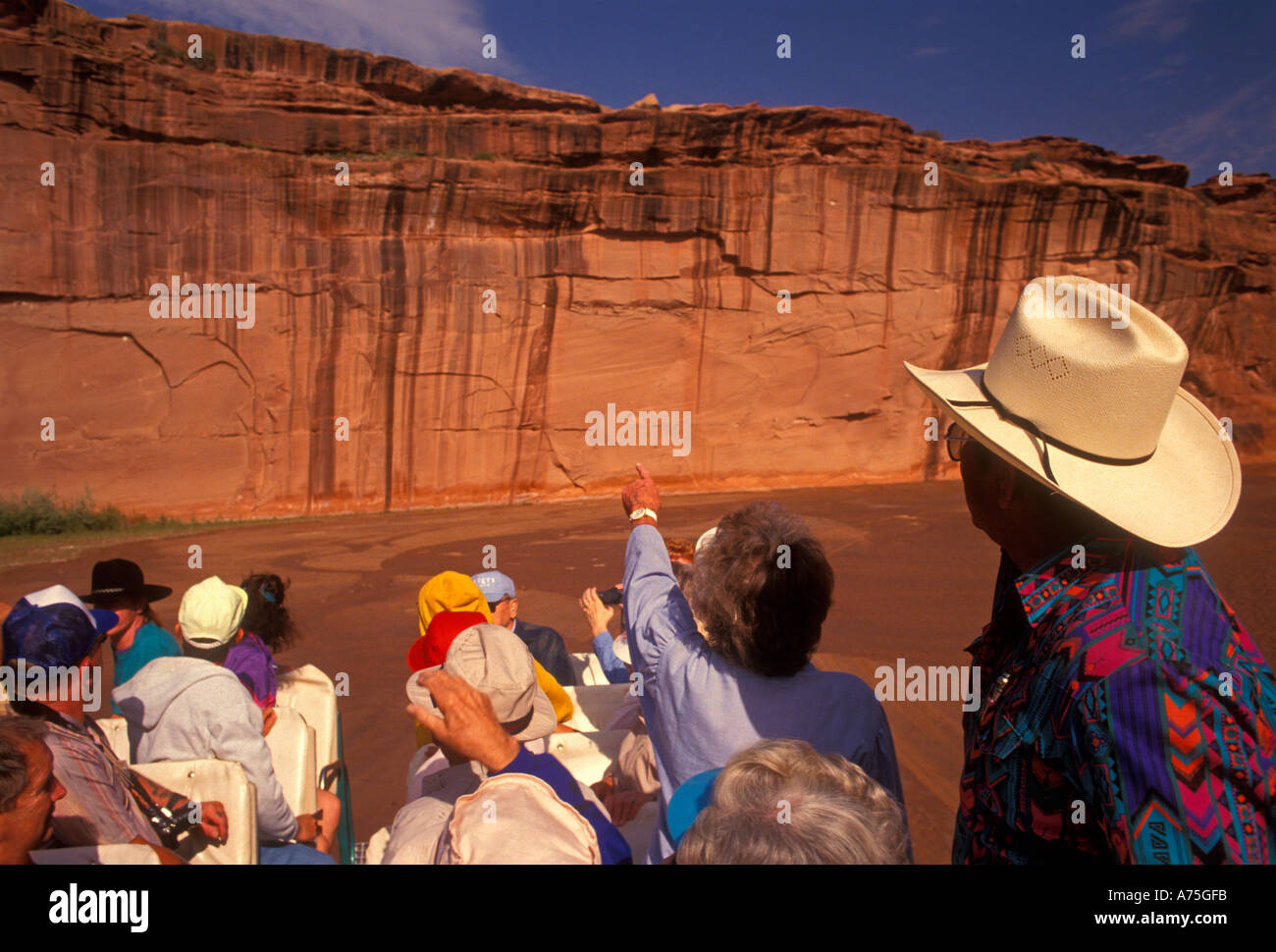
Echoes of the Ancestors: Navigating the Soul of the Navajo Nation Through Guided Tours in Arizona
The vast, ochre-stained landscapes of Arizona hold more than just breathtaking beauty; they cradle the ancient heart of the Navajo Nation, Diné Bikéyah. For those seeking to truly understand this vibrant culture and its profound connection to the land, stepping onto the Navajo Reservation is an imperative. But more than merely visiting, the most enriching and respectful way to experience its wonders is through the lens of a guided tour, led by the very people whose heritage is woven into every canyon wall and mesa top. These aren’t just sightseeing excursions; they are invitations into a living history, a spiritual journey curated by generations of wisdom.
Why Guided Tours are Essential: Beyond the Postcard View
The Navajo Nation, the largest Native American reservation in the United States, sprawls across some 27,000 square miles of Arizona, Utah, and New Mexico. Within its Arizona borders lie some of the most iconic natural formations on Earth. Yet, the land here is not merely scenery; it is sacred. Many areas, particularly the most sensitive and visually stunning, are only accessible with a licensed Navajo guide. This isn’t an arbitrary rule; it’s a safeguard. Guides ensure the preservation of fragile ecosystems, protect archaeological sites, and, crucially, act as cultural bridges, translating the land’s spiritual significance and the Diné (Navajo people’s) way of life for visitors.
Without a guide, much of the experience remains on the surface. A guide, however, transforms a picturesque vista into a compelling narrative, a silent canyon into a symphony of ancestral voices. They are not just navigators; they are storytellers, historians, botanists, and cultural ambassadors, sharing their language (Diné Bizaad), traditions, and the deep-seated philosophy of Hózhó, a concept encompassing beauty, harmony, and balance.
Antelope Canyon: A Cathedral of Light and Stone

Perhaps the most famous of Arizona’s Navajo treasures is Antelope Canyon, divided into Upper and Lower sections. These slot canyons, sculpted by millennia of wind and flash floods, are otherworldly. Light filters down through narrow openings, creating ethereal beams and painting the sandstone walls in a kaleidoscope of oranges, purples, and reds that shift with every passing cloud and angle of the sun.
Visiting Antelope Canyon requires a Navajo guide. This is non-negotiable, and for good reason. The canyons are prone to flash floods, and guides are intimately familiar with weather patterns and safety protocols. More importantly, they enhance the visual spectacle with cultural context. "We don’t just show you the rocks," explains one veteran Navajo guide, "we share the stories etched into them, the wind that whispers our ancestors’ songs. These are sacred places, and we teach visitors how to walk softly, both literally and spiritually." Guides often point out formations resembling animals or figures, explain the geological processes, and even demonstrate the canyon’s incredible acoustics with traditional flute melodies. The famous light beams, most pronounced in Upper Antelope Canyon during midday, become even more magical when experienced with a guide who knows precisely when and where to capture their fleeting beauty.
Monument Valley: Where Earth Meets Sky and Legend
Straddling the Arizona-Utah border, Monument Valley Navajo Tribal Park is a landscape so iconic it has become synonymous with the American West. Its towering sandstone buttes and mesas, sculpted by erosion, rise majestically from the desert floor, creating a scene immortalized in countless films, most notably those of John Ford. While a scenic drive allows visitors to experience some of the park’s grandeur, a guided tour takes you deeper, literally and figuratively.
Navajo guides can access restricted backcountry areas that private vehicles cannot, leading visitors to lesser-known arches, ancient cliff dwellings, and panoramic viewpoints that offer solitude and unparalleled photographic opportunities. More significantly, they imbue the landscape with its true meaning. What many see as merely stunning geology, the Diné see as living entities, sacred spaces, and the setting for their creation stories. A guide might share the legend behind a particular formation, explain its significance in Navajo cosmology, or describe how the land provided sustenance for generations. "For us, Monument Valley isn’t just a movie set," a local guide might explain, "it’s our home, our church, our history book. When you come with us, you’re not just seeing; you’re connecting." These tours often involve open-air vehicles, allowing for an immersive experience of the vastness, punctuated by stops for photography and storytelling.
Canyon de Chelly: A Living Tapestry of Time
Less traversed but no less profound than Antelope Canyon or Monument Valley is Canyon de Chelly National Monument in northeastern Arizona, entirely within the Navajo Nation. Unlike a national park managed by the NPS, Canyon de Chelly is jointly managed with the Navajo Nation, emphasizing its unique status as a living community. For over 5,000 years, people have continuously lived and farmed on the canyon floor, making it one of the longest continuously inhabited areas in North America.
While visitors can drive the rim roads and view the canyon from overlooks, descending to the canyon floor is strictly prohibited without an authorized Navajo guide or a park ranger. This rule is paramount for protecting the numerous ancestral Puebloan cliff dwellings, petroglyphs, and active Navajo farms and homes that dot the canyon floor. A guided tour into Canyon de Chelly is a journey through time. Guides lead tours on horseback, in four-wheel-drive vehicles, or even on foot, taking visitors past the White House Ruin, a significant ancestral Puebloan site, and other archaeological treasures. They share stories of resilience, cultural survival, and the profound connection the Diné maintain with this sacred canyon. "My ancestors farmed these lands," a Canyon de Chelly guide might proudly state. "We still do. When you walk here with me, you are walking on the footsteps of thousands of years of our people." The iconic Spider Rock, a towering sandstone spire, is another highlight, often accompanied by the Navajo legend of Spider Woman, a revered deity.
The Indispensable Role of the Navajo Guide

The heart of any successful guided tour on the Navajo Reservation is the guide themselves. These individuals are not simply tour operators; they are custodians of their heritage. They are fluent in the land’s history, its ecology, its spiritual significance, and the intricate tapestry of Navajo culture. Their insights are invaluable, offering perspectives that no guidebook can replicate.
By choosing a Navajo-owned and operated tour, visitors directly contribute to the economic well-being of the Navajo Nation. Tourism provides vital income in a region where economic opportunities can be limited. This direct support helps sustain families, preserve cultural practices, and invest in community development. Ethical tourism means respecting the land, the people, and their traditions, and choosing a certified Navajo guide ensures this respect is paramount. Visitors are encouraged to listen intently, ask thoughtful questions, and embrace the opportunity to learn from those who have called this land home for millennia.
Preparing for Your Journey
Before embarking on your Navajo Reservation guided tour, a few considerations will enhance your experience. Book tours well in advance, especially for popular destinations like Antelope Canyon. Dress in layers, as desert temperatures can fluctuate dramatically. Bring plenty of water, wear sturdy shoes, and be prepared for varying terrain. Most importantly, approach your visit with an open mind and a spirit of respect. Remember that you are a guest in someone else’s home, on land that holds deep cultural and spiritual significance. Photography is often permitted, but always ask your guide before taking pictures of individuals or sensitive sites.
Beyond the Famous Sites: Deeper Immersion
While Antelope Canyon, Monument Valley, and Canyon de Chelly are primary draws, guided tours can also unlock deeper, more intimate experiences. Some operators offer multi-day tours that include stays in traditional Navajo hogans (earthen homes), opportunities to share traditional meals, witness rug weaving demonstrations, or participate in stargazing sessions under the unpolluted desert sky, where guides share Navajo constellations and astronomical knowledge. These experiences offer a profound understanding of Diné life beyond the visual spectacle.
Conclusion: A Journey of Connection and Understanding
Guided tours on the Navajo Reservation in Arizona offer far more than just access to stunning natural wonders. They provide an unparalleled opportunity for cultural immersion, fostering a deeper understanding and appreciation for the Navajo people, their history, and their enduring connection to their ancestral lands. From the ethereal light of Antelope Canyon to the majestic grandeur of Monument Valley and the timeless depths of Canyon de Chelly, each step taken with a Navajo guide is a step towards unlocking the soul of the Diné Nation. It is a journey not just across landscapes, but across generations, leaving visitors not merely with photographs, but with a profound sense of connection, respect, and the echoes of ancestors whispering in the wind.

